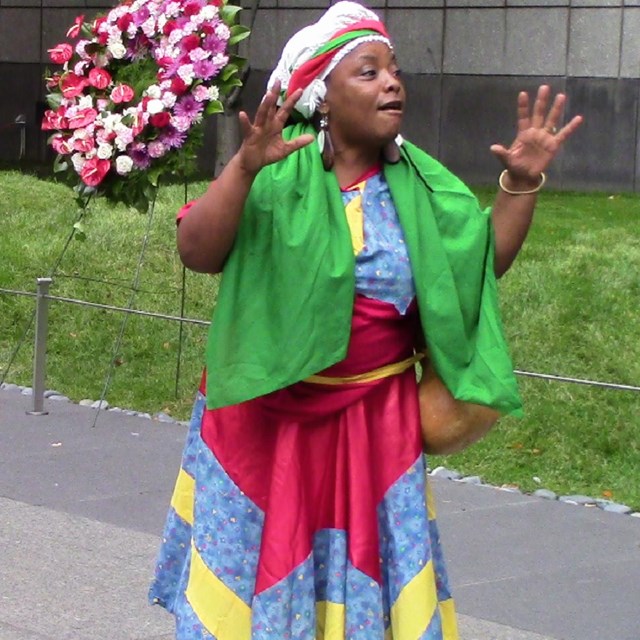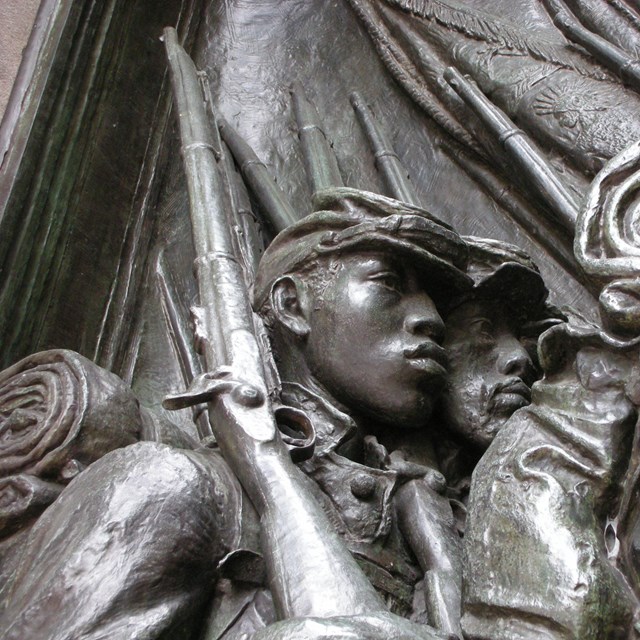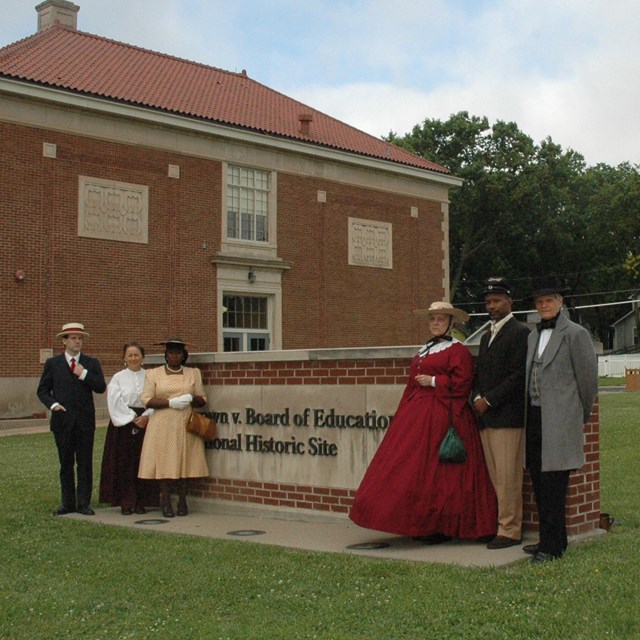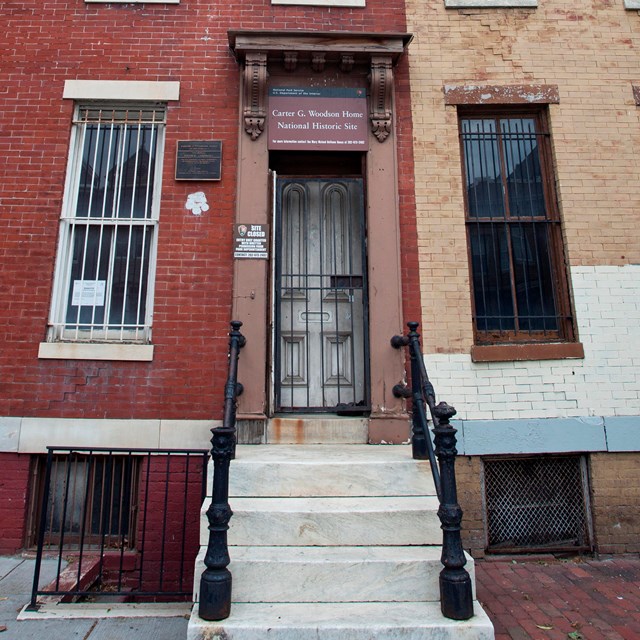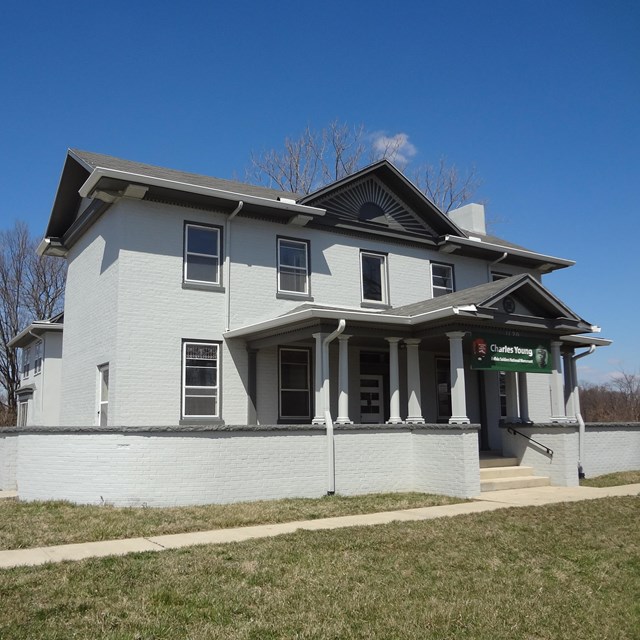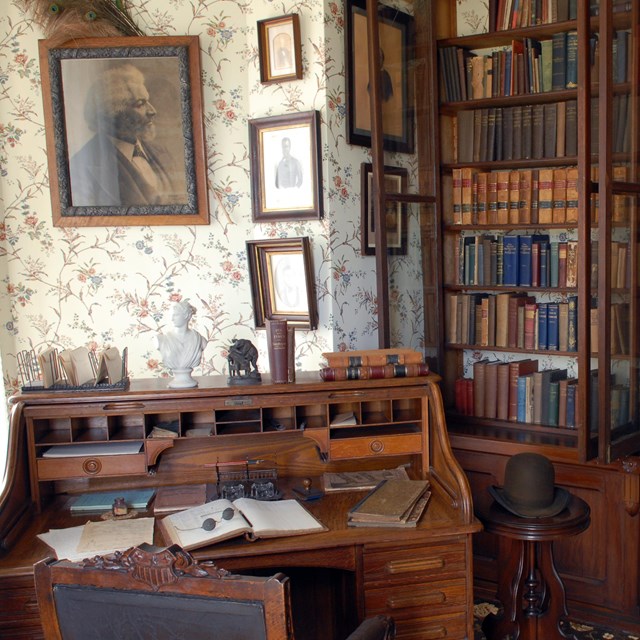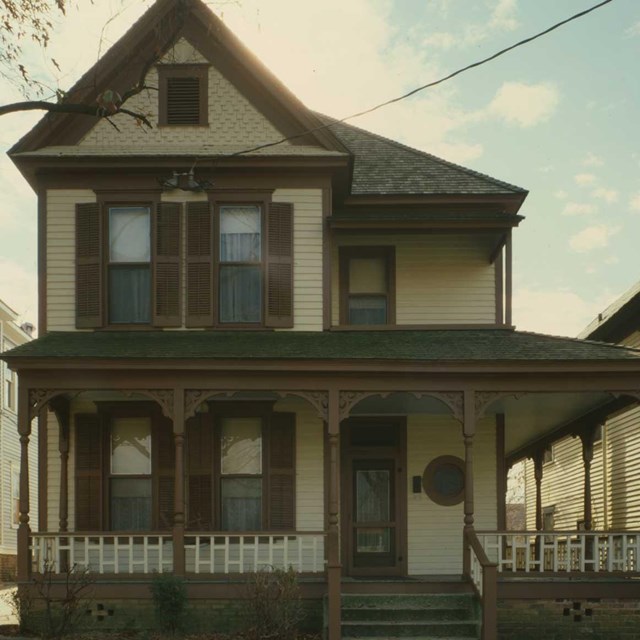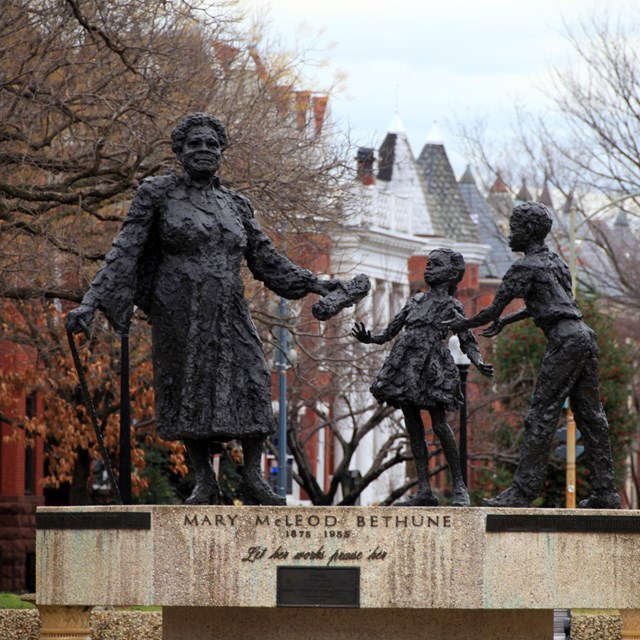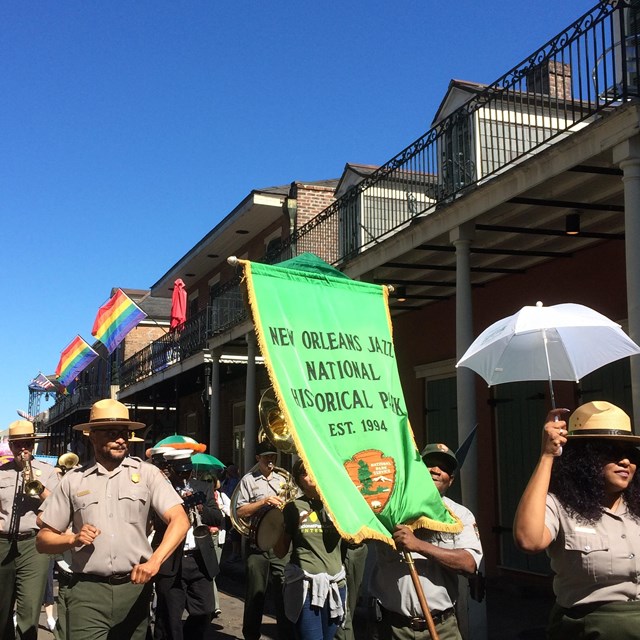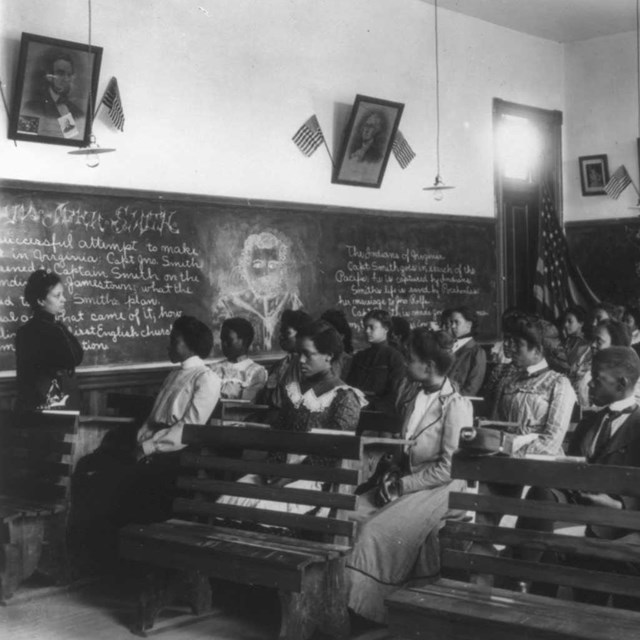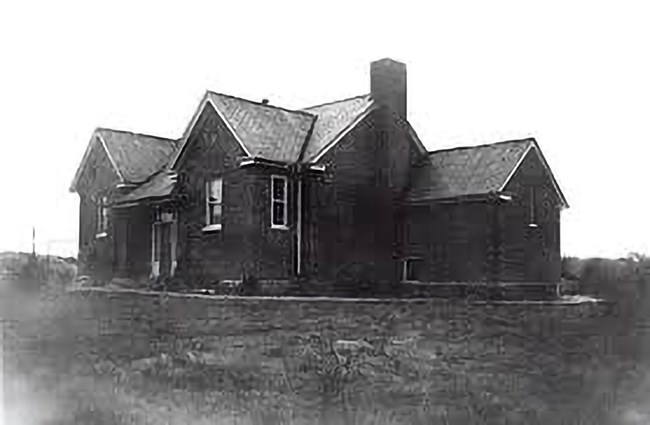
The state had long maintained a mixed point of view on segregation. As a border state during the U.S. Civil War, Delaware permitted slavery, yet did not side with the Confederacy in rebellion. Later, when drafting laws regarding segregation, the state’s legislature sided with the opinions of southern traditionalists and enforced the separation of whites and people of color. Wilmington, the state’s largest city segregated most public facilities and many African Americans found it difficult to find work outside of the service and labor industries. Wilmington’s chapter of the National Association for the Advancement of Colored People (NAACP) engaged the services of Louis Redding, Delaware’s only African American attorney to challenge the state’s many segregation laws. Born in Alexandria, Virginia in 1901, Redding grew up in Wilmington during the height of “Jim Crow” segregation in Delaware. Employers were allowed to refuse hire to someone simply based on race so most families in his African American neighborhood were poor as the “good” jobs were reserved for whites. Redding’s father, however, became one of Delaware’s first black postmen and worked a second catering job so that Redding and his siblings could focus on their education. Redding graduated from Wilmington’s Howard High School – the state’s only African American high school – in 1919. Redding then attended Brown University in Providence, Rhode Island as one of a very few black men at the Ivy League institution. In 1925, Redding entered Harvard Law School as the only African American student in his 1928 graduating class. While Delaware didn’t prohibit black attorneys explicitly, the state did require prospective African American attorneys to be sponsored by a practicing attorney. Redding and his father convinced Judge of the Municipal Court of Wilmington, Daniel O. Hastings to sponsor the young attorney. Redding was admitted to the Delaware bar the following year as the first black attorney in Delaware. Louis Redding worked with the Wilmington chapter of the NAACP to find cases he felt had the highest likelihood to win a challenge against segregation. It was reported that Redding had even refused payment for his services on segregation cases by encouraging the local NAACP chapter to instead raise funds for court costs. So, it was Redding himself, who decided to take on both the Belton v. Gebhart and Bulah v. Gebhart cases. Belton v. Gebhart African American parents in suburban Claymont, Delaware, were frustrated with their children’s 20-mile roundtrip commute to the segregated Howard High School in Wilmington when another high school - the spacious, whites-only high school lay in their community. African American high school student Ethel Louis Belton traveled two hours every day to attend Redding’s alma mater Howard High School, which was overcrowded, had less qualified teachers, lacked a sufficient gymnasium and offered a middling curriculum compared to the high school in Claymont. Students desiring any vocational training were required to walk to the Carver Building annex, some nine blocks from Wilmington’s Howard High School building. Belton’s parents and several others contacted Redding through the NAACP. He recommended they petition the school board to admit their children to the nearby white schools so that they may sue the Delaware State Board of Education when they were denied admission. Nine other black plaintiffs from Claymont joined Ethel Belton in the lawsuit. Bulah v. Gebhart Shirley Bulah, an eight-year-old African American girl from Hockessin, Delaware was not provided transportation to attend Hockessin No. 107c, a segregated elementary school located two miles from her home despite a school bus driving daily in front of her home that transported white children to a nearby elementary school. Her mother, Sarah, wrote letters to Delaware’s Department of Public Instruction, to the governor, and to the local school board objecting to this discrimination. When the state’s final letter reminded her that Delaware’s constitution denied African American children space on buses for whites, she contacted attorney Louis Redding. Bulah’s cause matched the NAACP’s plan to attack segregation in the schools. Redding would represent both the Belton v. Gebhart and Bulah v. Gebhart cases that were united to sue the Delaware State Board of Education, specifically charging board members such as Francis B. Gebhart with not providing equal facilities. Belton (Bulah) v. Gebhart was filed in 1951 at the Delaware Court of Chancery, with NAACP lawyer Jack Greenberg assisting Redding. The case was heard without a jury before a recently appointed chancellor, Collin Seitz. Rather than attempting to achieve equalization of the schools, Redding pushed for integration of the schools instead. He pointed out the inferior facilities at the African American schools compared to the white schools, the lack of transportation provided for black students, and the disproportionate curriculum provided to students of color. In Belton’s case, he highlighted the additional travel time to attend a segregated school in Wilmington. Redding argued these inequalities violated the equal protection clause of the 14th Amendment: “No state shall deny equal protection of the law to any person within its jurisdiction.” In a groundbreaking decision, Chancellor Seitz ruled that the “separate but equal” doctrine established under Plessy v. Ferguson (163 U.S. 537) of 1896 had been violated and that the students named as plaintiffs in the case were entitled to immediate admission to white schools in their communities. However, Chancellor Seitz did not rule that the Delaware State Board of Education had violated the 14th Amendment’s equal protection clause by its segregation laws nor did his finding apply broadly throughout Delaware. Unhappy with the order to integrate two of its schools, the Delaware State Board of Education appealed the decision. When the consolidated Gebhart case finally reached the U.S. Supreme Court, it was combined with four other segregation cases as Brown v. Board of Education of Topeka. Delaware Historical Society. 2022. “Belton and Bulah VS. Gebhart: The Fight to End School Segregation in Delaware - Delaware Historical Society.” October 10, 2022. https://dehistory.org/belton-and-bulah-vs-gebhart-the-fight-to-end-school-segregation-in-delaware/. Citations: “Delaware - Separate Is Not Equal.” n.d. https://americanhistory.si.edu/brown/history/4-five/delaware-1.html. “Delaware History Online - Hall of Fame - Louis L. Redding.” n.d. https://web.archive.org/web/20051126225444/http://www.hsd.org/DHE/DHE_who_redding.htm. Kluger, Richard. 2004. Simple justice: The History of Brown V. Board of Education and Black America’s Struggle for Equality. Vintage. African American Experience FundThe mission of the African American Experience Fund of the National Park Foundation is to preserve African American history by supporting education programs in National Parks that celebrate African American history and culture. There are 26 National Parks identified by the African American Experience Fund: |
Last updated: October 4, 2024


